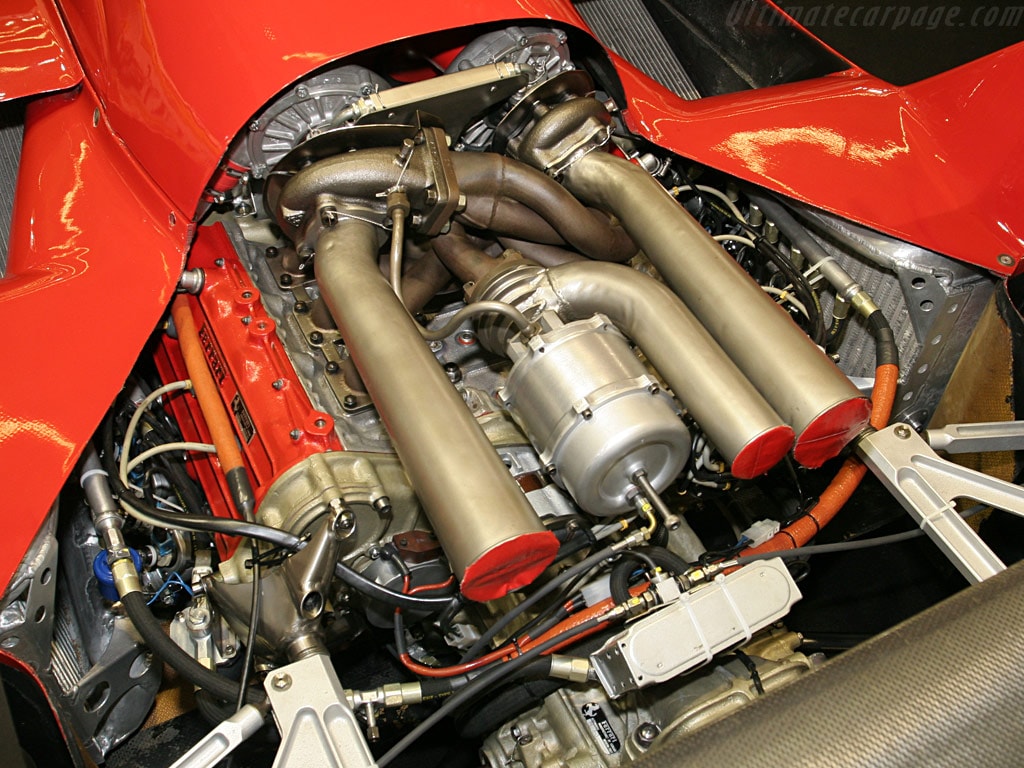Lycoming wrote:Inverted V engines offer certain packaging advantages for aircraft, such as lower CoG height, better visibility and easier access for maintenance. As far as I can tell it was done primarily for better visibility, as CG height isn't hugely important in aircraft, though the 109 had a very short track on it's landing gear so a low CG height would help avoid rollovers during turns. I've heard the argument that a low CG gives you better roll stability, but I think for small roll angles, the small angle approximation indicates that it doesn't do much in that regard.
Some aircraft, on the other hand, did it to jack up the prop axis so they could fit a bigger prop without extending the landing gear.
Anyway, none of those advantages apply to cars.
For an aircraft, when you invert the engine, you can essentially rotate the engine 180 degrees about the crank axis (or rather, the prop axis, which is offset by a gearbox on aircraft), since that's more or less fixed in space by other design parameters. That will then drop your CoG a bit by shifting the cylinder heads down, though the bulk of the engine isn't really moving. You cannot do that in a racecar, which already has a very low crank axis, because then your cylinder heads will be in the ground. You will not gain an advantage in CoG height by inverting a V engine in a car where the engine is already mounted as low as it will go.
The other advantages obviously do not apply to a mid engine racecar.
In the german WWII inverted V engines th drive was not taken directly at the height of the crank shaft, it was geared and taken at a different place more in the 'centre' of the engine.
In F1 if the designers were allowed to raise the height of the crank then the whole engine could be run inverted which would mean a very slim upper section and may benefit the aero of the cars depending obviously on what the designers do with the new packaging. The drive is then geared to come out of the crank case at a much lower point similar to what is run today with the cylinder heads very close to the floor of the car. This undeniably would have centre of gravity benefits and maybe packaging benefits.
Next question. When they say the crank must be at 90 mm +/- 0.5 mm, do they mean the crank itself or the drive taken off of the outside of the crank case?
